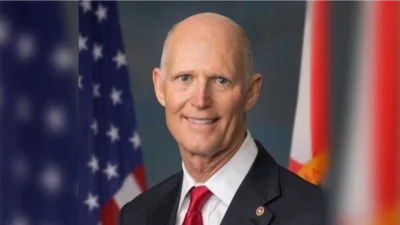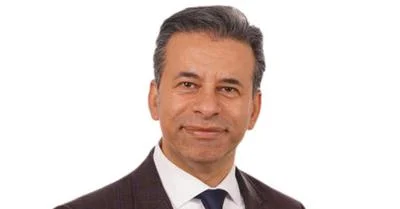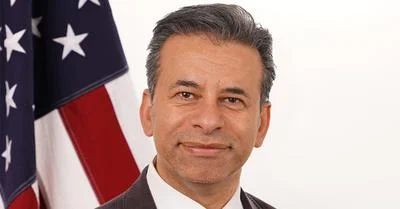The President’s Bipartisan Infrastructure Law provides $10.5 billion across three programs that make up the GRIP program to enhance grid flexibility and improve the resilience of the power system against growing threats of extreme weather and climate change.
The program will deliver projects centered on:
* Grid Resilience Utility and Industry Grants ($2.5 billion) fund comprehensive transmission and distribution technology solutions that will mitigate multiple hazards across a region or within a community, including wildfires, floods, hurricanes, extreme heat, extreme cold, storms, and any other event that can cause a disruption to the power system. Eligible applicants include electric grid operators, storage operators, generators, transmission owners or operators, distribution providers, and fuel suppliers.
* Smart Grid Grants ($3 billion) increase the flexibility, efficiency, reliability, and resilience of the electric power system, with particular focus on increasing capacity of the transmission system, preventing faults that may lead to wildfires or other system disturbances, integrating renewable energy at the transmission and distribution levels, and facilitating the integration of increasing numbers of electric vehicles, buildings using electricity to heat and hot water, and other grid-edge devices. The program is open to domestic entities including institutions of higher education, for-profit entities, non-profit entities, state and local government entities, and tribal nations.
* Grid Innovation Program ($5 billion) provides financial assistance to one or multiple states, Tribes, local governments, and public utility commissions to collaborate with electric grid owners and operators to deploy projects that use innovative approaches to transmission, storage, and distribution infrastructure to enhance grid resilience and reliability.
The first round of funding announced today for GRIP is $3.8 billion for fiscal years 2022 and 2023. Concept papers are a required first step in the application process. Concept papers for the Grid Resilience Utility and Industry Grants and Smart Grid Grants are due Dec. 16, 2022. Concept papers for the Grid Innovation Program are due Jan. 13, 2023. A public webinar will be held on Nov. 29, 2022, to provide additional information. Registration is required.
Transmission Facilitation Program
The Transmission Facilitation Program establishes an innovative revolving fund to help overcome the financial hurdles facing large-scale new transmission lines, upgrades of existing transmission lines, and, in select states and territories, the establishment of microgrids. The President’s Bipartisan Infrastructure Law authorizes DOE, through the program, to borrow up to $2.5 billion to assist in the construction of high-capacity transmission lines with an innovative approach that can spur valuable new lines that otherwise would not get built or increase the capacity of already planned lines.
Under this first solicitation released today, DOE will use capacity contracts to commit to purchasing up to 50% of the maximum capacity of the transmission line. By initially offering capacity contracts to late-stage projects, DOE will increase the confidence of additional investors and customers and reduce the risk of project developers under-building or under-sizing needed transmission capacity projects.
The submission deadline for the first phase is Feb. 1, 2023. A public webinar will be held on Nov. 30, 2022, to provide additional information. Registration required.
Visit the Grid Deployment Office website for additional information and access to the Grid and Transmission Programs Conductor to help identify which financing program is most appropriate for individual projects.
Source: U.S. Dept. of Energy, Office of Energy Efficiency & Renewable Energy









